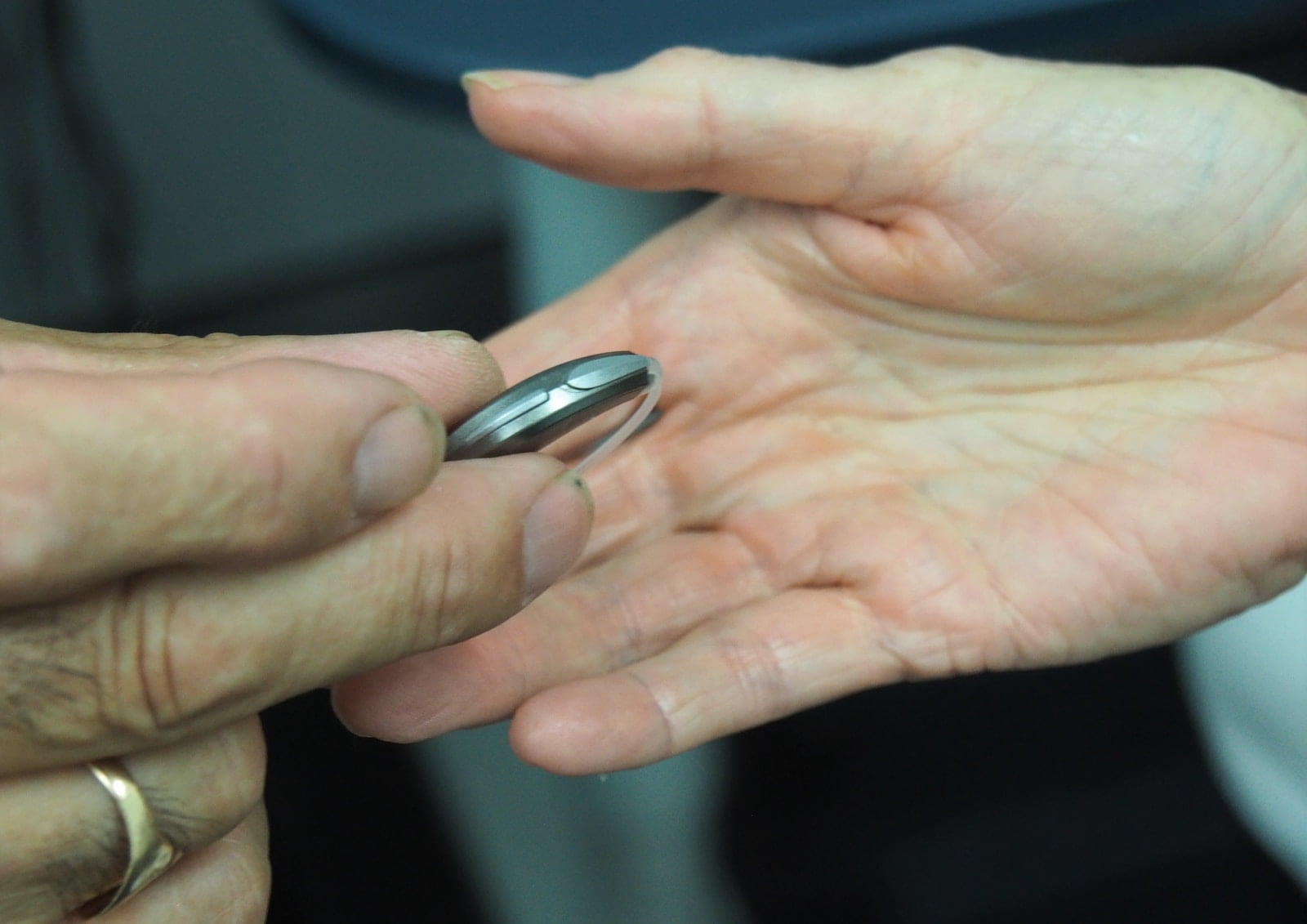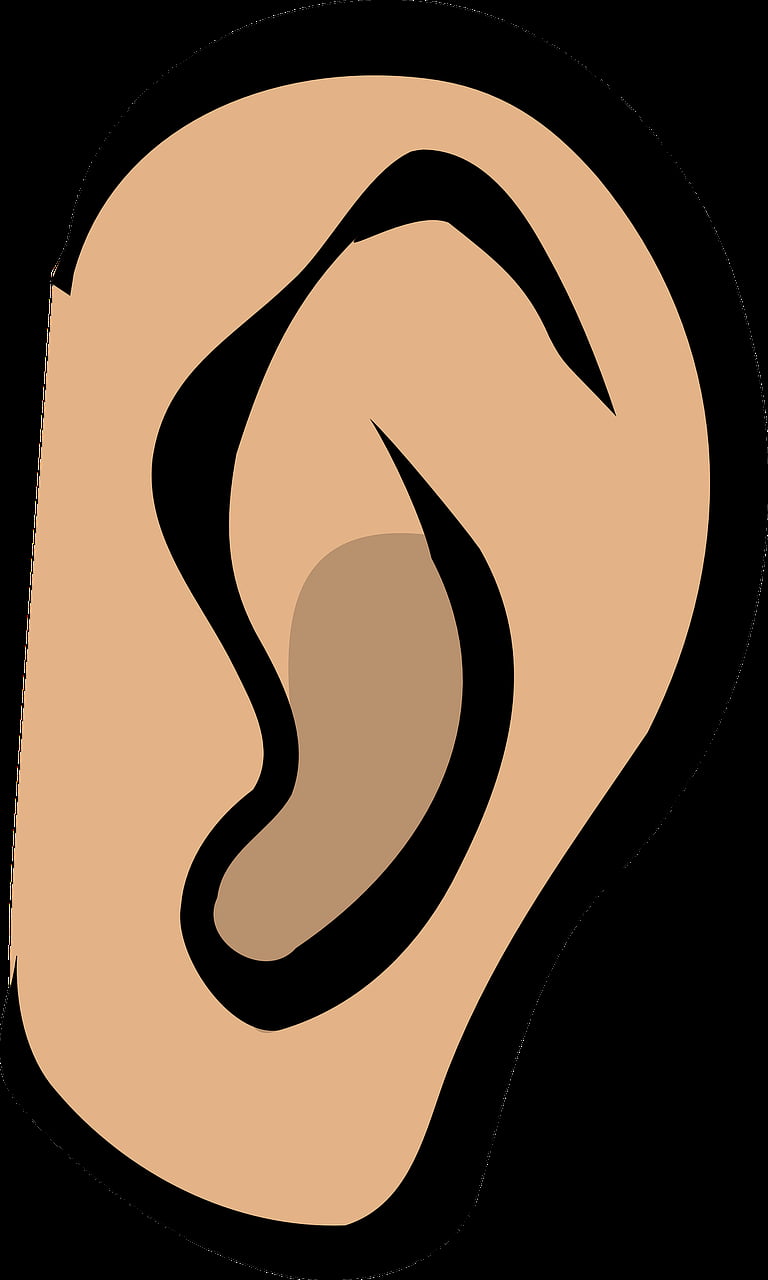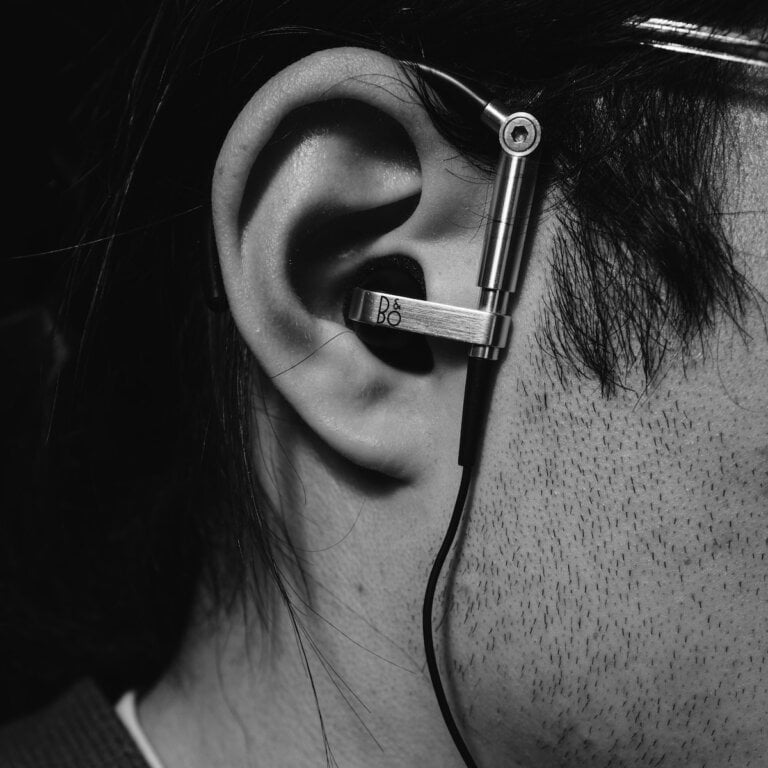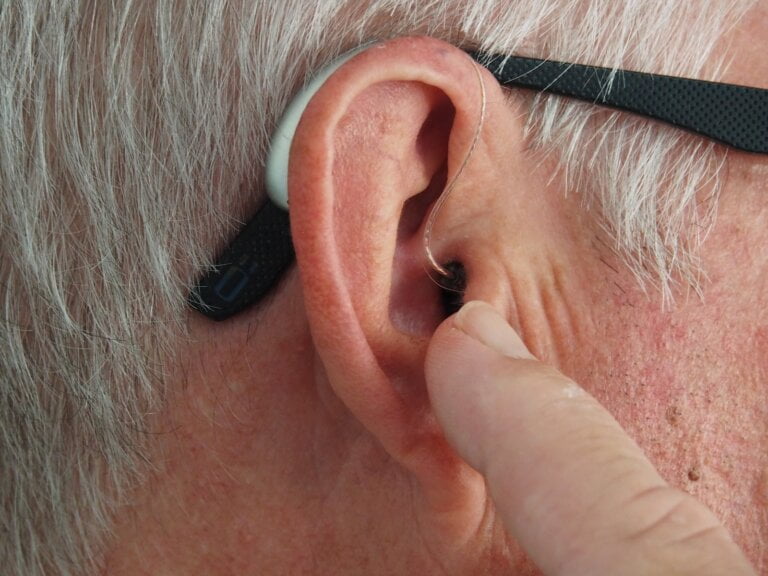Exploring Continuing Education in Manual Instrument Ear Wax Removal
Manual instrument ear wax removal is a widely used technique in the field of audiology to address the common problem of excessive ear wax buildup. As an SEO content writing expert with fluent English, I will guide you through the importance of continuing education in this specific area. In this article, we will delve into the various aspects of manual instrument ear wax removal, the significance of continuous learning in this field, and the benefits it brings to both practitioners and patients.
Introduction to Manual Instrument Ear Wax Removal
Ear wax, also known as cerumen, is a naturally occurring substance produced by the glands within the ear canal. It serves several purposes, including lubricating and protecting the ear canal, trapping dust and foreign particles, and preventing infection. However, excessive wax accumulation can lead to discomfort, hearing loss, tinnitus, and even dizziness.
Manual instrument ear wax removal is a technique employed by Audiologists and other qualified professionals to safely remove excessive ear wax. It involves the use of various tools, such as curettes, forceps, and suction devices, to carefully extract the wax from the ear canal.
When performing manual instrument ear wax removal, it is crucial for Audiologists to have a deep understanding of the anatomy and physiology of the ear. This knowledge allows them to navigate the delicate structures of the ear canal and ensure that the procedure is performed safely and effectively. Continuing education plays a vital role in providing Audiologists with in-depth knowledge about the ear’s structure and function, enabling them to enhance their understanding of how ear wax removal affects patients’ hearing health.
The Importance of Continuing Education
- Staying Updated with Best Practices: The field of audiology is constantly evolving, and new research and best practices emerge regularly. By engaging in continuing education, Audiologists can stay up to date with the latest techniques, tools, and guidelines for manual instrument ear wax removal. This ensures that they provide the highest quality of care to their patients.
In the ever-changing landscape of audiology, it is essential for professionals to stay updated with the latest best practices in manual instrument ear wax removal. Continuing education provides Audiologists with access to new research findings, innovative techniques, and advancements in tools and equipment. By staying informed, Audiologists can ensure that they are delivering the most effective and cutting-edge care to their patients.
- Enhancing Safety Protocols: Manual instrument ear wax removal requires precision and careful handling. Continuing education provides opportunities for audiologists to learn about improved safety protocols, reducing the risk of complications or injuries during the procedure.
Safety is of paramount importance when performing manual instrument ear wax removal. Audiologists must adhere to strict safety protocols to minimize the risk of complications or injuries for both themselves and their patients. Continuing education programs offer updated information on safety guidelines, including proper sterilisation of instruments, adequate use of personal protective equipment (PPE), and maintaining a clean and sterile workspace. By regularly updating their knowledge in safety measures, Audiologists can ensure the well-being of their patients and maintain a safe practice.
- Improving Patient Outcomes: Constant learning in manual instrument ear wax removal allows Audiologists to refine their skills and techniques. This, in turn, leads to improved patient outcomes by ensuring effective and efficient wax removal with minimal discomfort or side effects.
The ultimate goal of manual instrument ear wax removal is to improve the well-being of patients by providing them with relief from symptoms and restoring their hearing health. Continuing education plays a crucial role in achieving this goal by enabling audiologists to refine their skills and techniques. By staying updated with the latest advancements, audiologists can adopt more effective and efficient approaches to ear wax removal. This not only enhances patient comfort but also minimises the risk of complications or side effects. By continuously improving their techniques, audiologists can optimize patient outcomes and ensure the highest level of care.
- Adapting to New Technologies: Advancements in technology have introduced innovative tools and devices for ear wax removal. Continuous education helps audiologists familiarise themselves with these new technologies, enabling them to provide a wider range of treatment options to their patients.
Technology plays a significant role in the field of audiology, and it continually evolves to offer more efficient and effective solutions for ear wax removal. Continuing education allows Audiologists to stay abreast of the latest technological advancements in the field. By learning about and familiarising themselves with new tools and devices, audiologists can expand their treatment options and provide patients with the most suitable and advanced care available. This adaptability ensures that Audiologists are well-equipped to meet the diverse needs of their patients and deliver optimal outcomes.
Continuing Education for Manual Instrument Ear Wax Removal
Continuing education for manual instrument ear wax removal can take various forms, including workshops, conferences, online courses, and peer-reviewed journals. These educational opportunities provide valuable insights, practical training, and knowledge exchange among professionals in the field. Some key areas covered in continuing education include:
1. Anatomy and Physiology of the Ear
Understanding the intricate anatomy and physiology of the ear is crucial for any audiologist performing manual instrument ear wax removal. Continuing education offers in-depth knowledge about the ear’s structure and function, enabling practitioners to enhance their understanding of how ear wax removal affects patients’ hearing health.
Audiologists need a comprehensive understanding of the anatomy and physiology of the ear to safely and effectively perform manual instrument ear wax removal. Continuing education programs provide detailed information about the structures of the ear, including the external, middle, and inner ear. This knowledge helps Audiologists navigate the ear canal and identify potential complications or abnormalities that may affect the procedure. By expanding their knowledge in this area, Audiologists can make more informed decisions during the wax removal process, ensuring the best possible outcomes for their patients.
2. Wax Removal Techniques
Continuing education programs often focus on different techniques and approaches to manual instrument ear wax removal. These may include the use of curettes, forceps, suction devices, or irrigation methods. Professionals can learn about the advantages, limitations, and appropriate application of each technique, ensuring they select the most suitable method for individual patients.
Manual instrument ear wax removal techniques vary, and it is essential for Audiologists to have a diversified skill set to cater to the unique needs of their patients. Continuing education provides audiologists with the opportunity to learn about different techniques and approaches to ear wax removal. They can explore the advantages and limitations of each technique, understand when to implement them, and adapt their approach based on individual patient factors. By expanding their repertoire of techniques, audiologists can tailor their approach to each patient, ensuring optimal wax removal outcomes.
3. Infection Control and Safety Measures
Maintaining a sterile and safe environment during ear wax removal is of utmost importance. Continuing education emphasises infection control protocols, including proper disinfection of instruments, use of personal protective equipment, and maintaining a clean workspace. These measures minimise the risk of infection and other complications for both the practitioner and the patient.
Infection control and safety measures are critical aspects of manual instrument ear wax removal. Audiologists must prioritise the well-being of their patients by maintaining a sterile and safe environment. Continuing education programs focus on infection control protocols, ensuring that audiologists stay updated with the latest guidelines and best practices. This includes proper disinfection of instruments, the use of personal protective equipment (PPE) such as gloves and masks, and maintaining a clean and sanitised workspace. By adhering to these protocols, audiologists can minimize the risk of infection and create a safe environment for both themselves and their patients.
4. Patient Communication and Counseling
Effective communication with patients is essential in any healthcare profession. Continuing education programs equip audiologists with communication skills necessary for discussing the procedure, addressing patients’ concerns, and providing appropriate aftercare instructions. Patient counseling helps enhance the overall experience and satisfaction of individuals seeking ear wax removal services.
Communication plays a vital role in building trust and rapport between audiologists and their patients. Continuing education programs recognise the significance of patient communication and counselling and provide Audiologists with the necessary skills to effectively communicate with patients during the ear wax removal process. These programs focus on techniques for explaining the procedure to patients, addressing any concerns or anxieties they may have, and providing clear and concise aftercare instructions. By enhancing their communication skills, Audiologists can create a positive and comfortable experience for their patients, ultimately improving patient satisfaction and outcomes.
5. Professional Ethics and Legal Considerations
Ethical practice and adherence to legal regulations are fundamental in the field of audiology. Continuing education provides audiologists with updates on the ethical guidelines and legal considerations surrounding manual instrument ear wax removal. This ensures that practitioners maintain the highest professional standards while delivering care to their patients.
Audiologists must adhere to ethical guidelines and legal regulations to ensure the highest level of professionalism and patient care. Continuing education programs emphasize the importance of professional ethics and provide updates on ethical guidelines specific to manual instrument ear wax removal. This includes considerations such as informed consent, patient confidentiality, and maintaining professional boundaries. By staying informed and upholding these ethical standards, audiologists can ensure the well-being and trust of their patients while maintaining their professional reputation.
Conclusion
Continuing education plays a vital role in enhancing the knowledge, skills, and safety of professionals involved in manual instrument ear wax removal. By keeping up with the latest research, techniques, and best practices, Audiologists can provide the best possible care to their patients. Continuous learning empowers audiologists to adapt to advancements in technology, refine their techniques, and promote optimal patient outcomes. With a commitment to continuing education, practitioners in the field of audiology can excel in manual instrument ear wax removal, ensuring the well-being and satisfaction of their patients.







